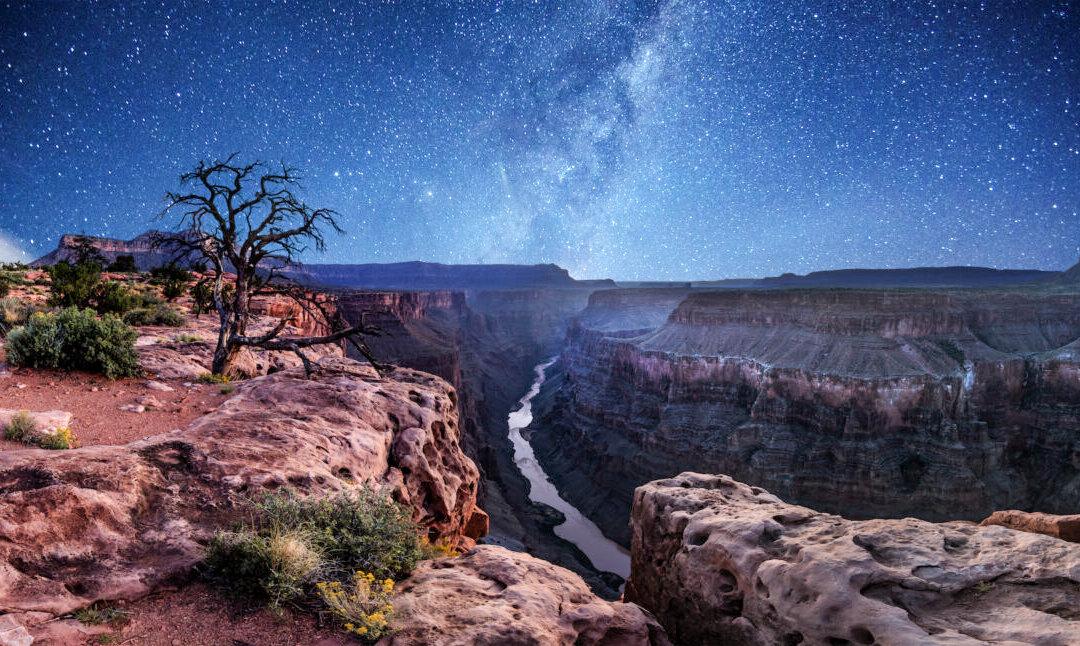I pulled into the Newport State Park parking lot in Door County, Wisconsin, a few hours after the late fall sunset when there wasn’t a soul around. The park along the shore of Lake Michigan was as dark as midnight, I thought, until my eyes adjusted to the world without headlights, and then what I saw made me dizzy. Stars so bright and so close that they seemed just beyond my fingertips, and if I stared into them long enough, I felt drawn in and off balance. One can lie flat on the earth and imagine looking down from a height at a sea filled with bright diamonds below and a riptide of light that is the Milky Way.
That sea of stars has fascinated us from time immemorial, spawning gods and myths, holding the souls of our departed, and guiding us across land and sea through the darkness. Invisible in the daytime but always there, pulling at our imaginations with their myriad gravities, the stars are part of our human heritage. Now try to imagine children or even adults who have never even seen them.





